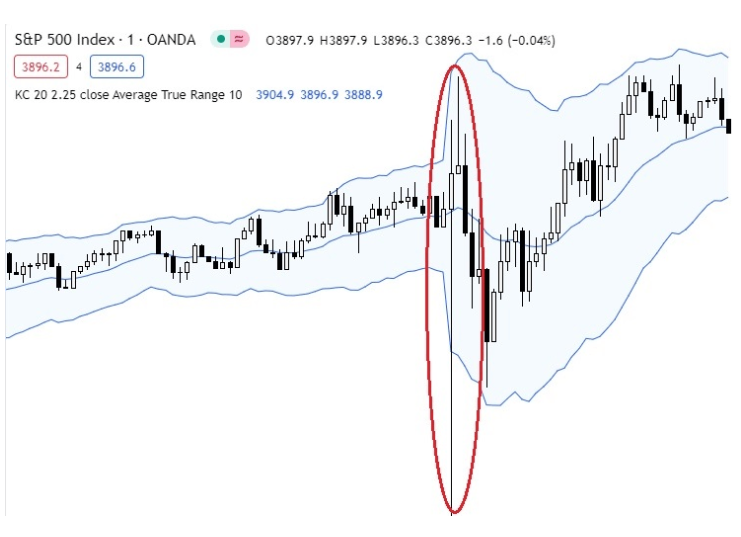Table of Contents
When looking for a substantial investment mix, it’s natural to focus on the high dividend paying stocks. Who wouldn’t be tempted to the promise of building wealth and earning a consistent income? It’s like the perfect balance for those looking for the best of both worlds in their portfolio.
But what are high dividend yield stocks, and how do they fit into the broader market? Today, we’ll go over the fundamentals of dividends and the sectors known for high yields.

What are dividends?
Dividends represent a portion of a company’s earnings. They are distributed to shareholders as a reward for their investment. Stocks with high dividend yields stand out because they pay out much larger dividends than their share price. The dividend yield is calculated by dividing annual payouts by the number of shares owned by the shareholder. You divide by the share’s current market price, which is critical for investors.
Apart from any potential capital gains, it provides a measurable return on investment. Simply said, dividend stocks provide additional income, which is very beneficial to investors’ earnings. Dividend stocks appeal to consumers looking for extra income and consistent investment returns. However, it would be beneficial if you approached these investments with knowledge of the company’s finances. You should also comprehend its market position. This ensures that dividends will be held for a longer duration.
The Top High Dividend Paying Stocks to Take into Account
Finding the greatest dividend-paying stocks requires thorough study. Below is a list of the top high dividend-paying stocks in India:
| Sr No. | Top Highest Dividend Paying Stocks | Industry |
| 1 | Vedanta Ltd | Metals & Mining |
| 2 | Coal India Ltd | Power |
| 3 | Power Finance Corporation Ltd | Financial Services |
| 4 | NTPC Ltd | Power |
| 5 | HCL Technologies Ltd | IT |
| 6 | REC Ltd | Consumer Durables |
| 7 | Hindustan Zinc Ltd | Metals & Mining |
| 8 | Hinduja Global Solutions Ltd | IT |
| 9 | NMDC Ltd | Metals & Mining |
| 10 | Embassy Office Parks REIT Ltd | REITs |
Why Should You Invest in the Highest Dividend Paying Stocks?
Investing in the top highest dividend-paying stocks might be interesting for a variety of reasons:
- Stable Income Stream: Dividend-paying stocks offer a consistent income stream with monthly dividend payments. This can be especially enticing to investors looking for a consistent income stream.
- Income in Market Volatility: High dividend companies can provide a consistent income even in tumultuous markets. They act as protection against market changes.
- Historical Performance: In the past, regular dividend companies demonstrated financial stability and success. Investing in such companies may provide a more secure investment opportunity.
- Long-Term Wealth Accumulation: Reinvesting dividends over time can boost returns. This helps investors become wealthy.
- Potential for Capital Appreciation: High-dividend stocks distribute dividends. They may also grow value, providing investors with two rewards.
- Inflation Hedge: Dividend income may serve as a hedge against inflation, as companies that raise dividends over time may outperform the inflation rate.
- Tax Advantages: Dividends may be taxed at a lower rate than other types of income in certain regions, giving investors with tax benefits.
The Risks of Targeting High Dividend Yields
- Risk of Financial Difficulties: High dividend yields may indicate financial difficulties in a corporation. They could result in an unsustainable dividend payout.
- Hidden Problems: Companies that promise great returns might hide difficulties. Investors should exercise caution. They should solely use yields to evaluate the company’s health.
- Anticipation of Dividend Reduction: A high dividend yield may indicate that the market expects a dividend cut. This could lower the company’s stock price.
- Impact on Share Price: Investors who prioritize dividend yield over a company’s health may incur large losses. A dividend cut results in a dramatic drop in share price.
- Fit with Long-Term Goals: Investors should resist being drawn into specific sectors or companies. They do not meet their long-term investing objectives or risk tolerance.
- Scrutinizing Finances and Market Position: Analyzing high-dividend firms finances and market position is critical. It allows us to determine if their returns are the result of strong cash flow and profits or potential financial instability.
- Expert Advice: Before making any decisions, it is advisable to obtain professional guidance or conduct extensive study. This is especially true if the judgments are only focused on dividend yields.
Sectors with High Dividend Paying Stocks
Particular industries consistently produce high dividend yields.
- Utilities are the predecessors among these. They have regulated operations and a regular demand. These maintain a steady revenue source.
- REITs that invest in property and rent pay out large dividends to their stockholders. Dividends indicate the sector’s robust cash flow. The consumer essentials sector maintains a steady demand for fundamental commodities. It provides investors with long-term stability and consistent dividend payments.
- Aside from them, the energy sector is susceptible to market volatility. However, it can result in huge returns for stockholders. This is because its products and services are indispensable.
- Healthcare, which provides critical services and products, is another industry where investors may find appealing rewards. However, it faces its own set of obstacles and instability.
Each sector has distinct characteristics. They allowed it to generate big dividends. This shows how important sectoral success is in dividend investment.
What is the Dividend Payout Ratio?
When researching those appealing, high-dividend yield stocks, it is critical to thoroughly evaluate the dividend payment ratio. Don’t be misled by the excellent yield number; there’s more to this story. A critical factor to consider is the dividend payout ratio.
The dividend payout ratio indicates how much of a company’s profit is distributed to shareholders as dividends (as a percentage). Divide dividends by net income. Dividends per share (DPR) equals dividends divided by net income. If it exceeds 100%, this is a danger indicator. It could indicate that the corporation is paying dividends with borrowed funds. This isn’t a sustainable strategy.
Remember that dividends are based on the company’s long-term success. This success is due to its expansion, consistent revenue, and the strength of its sector. By examining these factors, you can evaluate whether the high yields are a sign of strength or an urgent warning. Take a look at the company’s dividend history as well: were they constant or inconsistent?
Conclusion
Navigating the stock market’s dividend-rich environment necessitates awareness beyond the immediate benefits. It would be beneficial if you employed meticulous study as your guide. While high-yield companies in several areas may appear appealing, exercise caution. These might be hazardous but high-yielding stocks. So, always be interested in a company’s financial health and dividend sustainability. Seeking assistance from financial advisors helps you connect your approach with changing markets and objectives.






